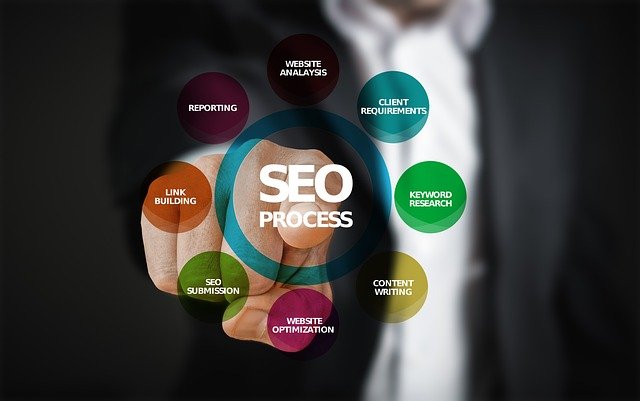SEARCH ENGINE OPTIMIZATION(SEO):
Search engine optimization is the process of optimizing your website and its content to rank higher on search engine results pages (SERPs). It is completely organic Process. It will take more time to execute but give long term Results.

Raise your business online presence with Seoclix Growth result-arranged Website design enhancement administrations. Our site design improvement approach for your business begins with a total business understanding and the prerequisite to convey quality natural leads. As a Seoclix Growth Search engine optimization specialist co-op, we offer site improvement for a wide range of organizations, with experience in the ventures referenced underneath. Our group is exceptionally knowledgeable about creating client driven Website optimization systems that drive greatest outcomes by positioning your answer based content at the highest point of the SERP page, guaranteeing decreased bob rate and expanded commitment.
There are different techniques will be there :
On-page SEO (or on-site SEO) is the process of optimizing web pages to rank higher in search engines for specific keywords to increase organic traffic.
Keyword Research & Optimization
- Purpose: Identify the keywords that users are searching for and optimize your content around them.
- Technique: Use tools like Google Keyword Planner, Ahrefs, SEMrush, or Uber suggest to find relevant, high-traffic, low-competition keywords.
- Implementation: Place target keywords in strategic locations such as:
1.Title tags
2.Meta descriptions
3. Headers (H1, H2, etc.)
4.Body Content
5.url slugs
6.Image alt text
2. Off-Page SEO Techniques
Off-page SEO focuses on actions taken outside of your website to improve its authority and visibility in search engines. It mainly involves link-building and improving your site’s reputation.
Link Building
Backlinks: One of the most important ranking factors is getting high-quality, relevant backlinks from other websites. These links act as “votes of confidence” for your content.
Guest Posting: Write valuable articles for other reputable sites in exchange for a link back to your website.
Broken Link Building: Find broken links on other websites, and suggest replacing them with links to your relevant content.
Social Signals:
- Social Media: While direct social media activity doesn’t necessarily improve rankings, it helps with content distribution, brand visibility, and indirect SEO benefits. Engaging content shared on platforms like Facebook, Twitter, and LinkedIn can lead to backlinks and increased traffic.
- Encourage Social Sharing: Add social sharing buttons to your blog posts and articles to increase their reach.
3. Technical SEO Techniques
Technical SEO ensures that your website meets the technical requirements of modern search engines, such as crawling, indexing, and rendering.
Website Speed Optimization
- Improve Load Times: Websites that load quickly perform better in search engine rankings. Use tools like Google PageSpeed Insights to analyze and improve your website’s performance.
- Leverage Browser Caching: Store frequently accessed data so that pages load faster.
- Minify CSS/JS Files: Reduce the size of CSS and JavaScript files to improve loading speed.
XML Sitemap
- Submit a Sitemap: Ensure you have an XML sitemap and submit it to Google Search Console. This helps search engines crawl and index your site efficiently.
HTTPS Security
- SSL Certificate: Use HTTPS encryption (install an SSL certificate) to secure your website. Google favors secure websites in its rankings.
Crawlability & Indexing
- Robots.txt File: Ensure you have a proper robots.txt file that allows search engines to crawl important pages while blocking non-essential ones.
- Fix Crawl Errors: Regularly check for and fix any crawl errors in Google Search Console.
Canonical Tags
- Canonicalization: Use canonical tags to tell search engines which version of a URL is the primary one, preventing duplicate content issues.
AMP (Accelerated Mobile Pages)
- AMP Implementation: Implementing AMP on your website can drastically improve mobile loading times, which can positively affect rankings, especially for news articles and blogs.
4. Local SEO Techniques
If your business has a physical presence or serves a specific geographic area, local SEO is essential.
Google My Business Optimization
- GMB Profile: Claim and optimize your Google My Business (GMB) profile by ensuring all information (address, phone number, operating hours, etc.) is accurate and consistent.
- Local Keywords: Include location-based keywords in your GMB listing and website to help your business rank for local searches.

